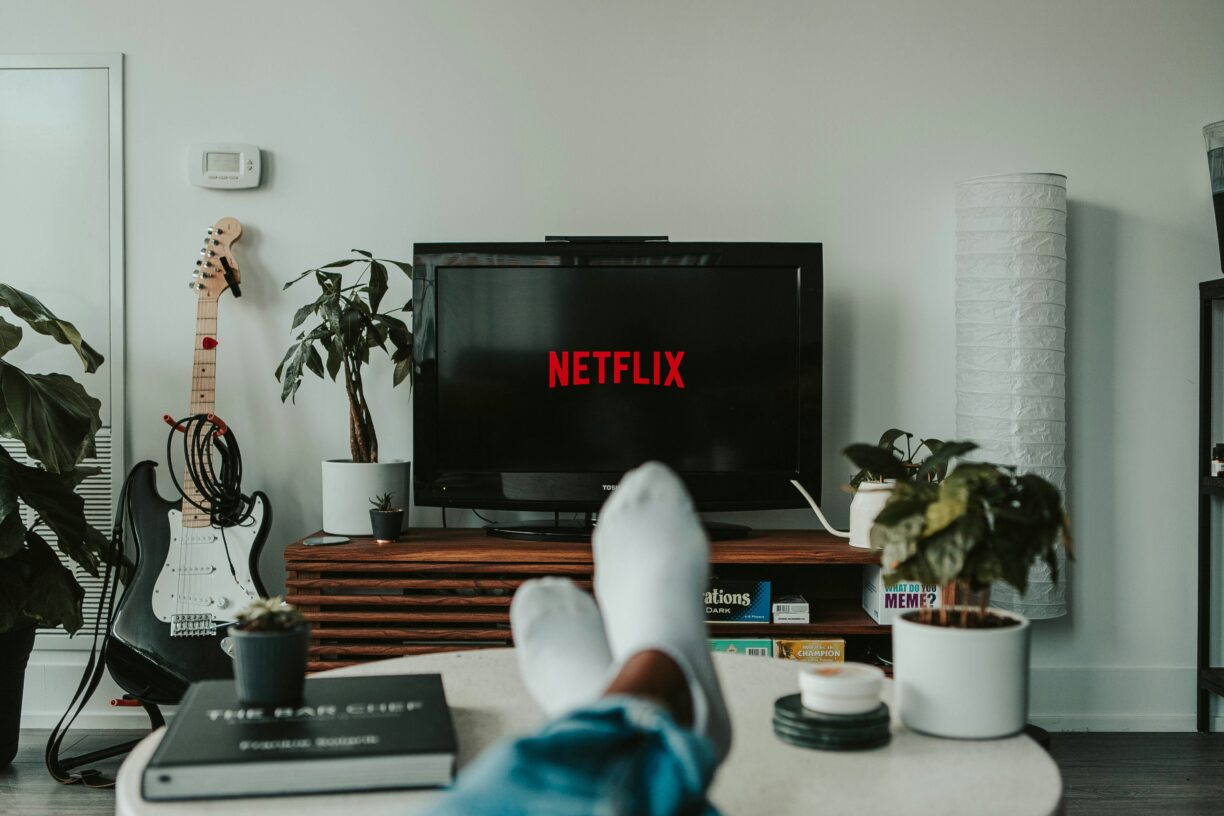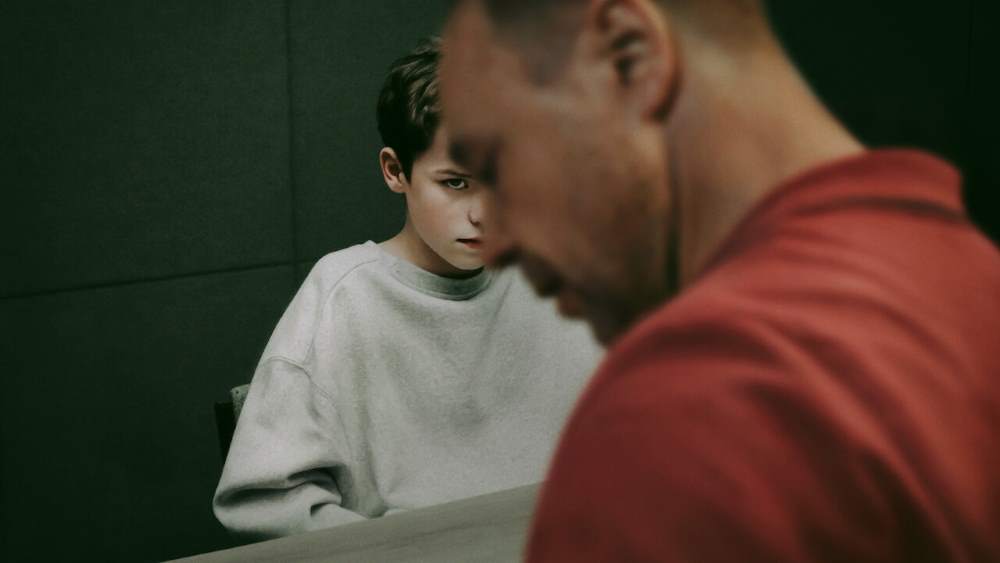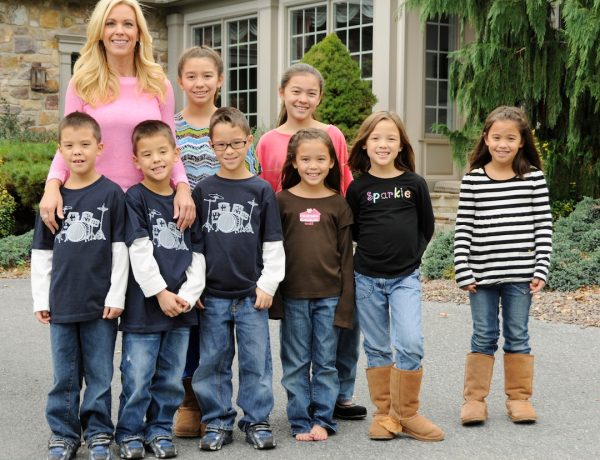Netflix doesn’t always nail it when it comes to real-life issues. But with Adolescence, their new breakout hit of 2025, it feels like they’ve finally tapped into something real… something most people may not even be aware of.
The show has lit up conversations for its unflinching portrayal of what happens when young men are left to stew in silence, rage, and the darker corners of the internet. It’s not a comfortable watch. It’s not meant to be. But for once, a drama doesn’t just ask “What went wrong?”—it forces us to look at who let it happen.
So, is Adolescence the show we needed? Or is it just another bleak snapshot of a broken system?
What Adolescence Is About

Photo by Mollie Sivaram on Unsplash
If you haven’t seen it yet, the narrative centres on 13-year-old Jamie Miller, arrested for the murder of his classmate, Katie Leonard.
The series opens with armed police storming the Miller household at dawn to arrest Jamie, before escorting him to the station to be questioned. This portrayal mirrors real-life incidents, such as the tragic case of the “crossbow killer” influenced by misogynistic online content.
By focusing on Jamie’s seemingly ordinary background—a loving family and a stable home—the show challenges preconceived notions about the origins of such violence, prompting viewers to question how an average teenager could commit such an act.
Why It Feels So Real
Everyone’s been asking: what’s going on with men right now?Why are they angrier? Why do they feel so lost? Why are they latching onto dangerous influencers who offer confidence but promote hatred?
Spend five minutes online these days and you’ll find the manosphere—those endless clips of “alpha male” podcast bros talking about how women are manipulative, how men need to “reclaim power,” and how real men don’t cry.
Adolescence captures the terrifying speed at which boys can spiral into this content. One bad day, one lonely scroll through TikTok, one YouTube rabbit hole—and suddenly, they’re being told women are the problem, feelings are weakness, and rage is strength.
And the show doesn’t try to glamorize or soften any of it. Jamie’s descent is subtle, slow, and painfully believable. It’s not some huge twist—it’s just a boy who needed guidance, and got poisoned instead.
Why the Show’s Message Matters
The truth? Boys are struggling. They’re growing up in a world that tells them to “man up,” but never explains what that means. Schools push success, but not self-awareness. Dads teach toughness, but not tenderness. Online, the only people “listening” are loudmouths in hoodies preaching dominance and resentment.
What happens when boys never learn how to feel? Some turn inward—into depression, isolation, numbness. Others explode outward—in rage, in violence, in self-destruction.
That’s where Adolescence hits hardest. It doesn’t blame boys. It blames the silence. It blames the system that let them fall into this. Even politicians took notice. UK Prime Minister Sir Keir Starmer called it “a wake-up call” and suggested it be shown in schools to spark real conversations. That alone says something.
We spoke to Ruth, one of the many London escorts who have met their fair share of men across all walks of life. Her take?
“You can tell when a man grew up never being seen. Some of my clients don’t book me for obvious reasons—they come to be heard, touched, and understood. The scary ones are the ones who think they’re owed something, and let me tell you – the number of men with this mindset is shockingly high. That’s what this show gets right—rage doesn’t come from nowhere. It grows when no one’s listening.”
Can a TV Show Actually Fix This?
There’s always a risk with shows like this. They say they want to “start the conversation,” but most of the time, they just cash in on trauma and call it art.
Adolescence feels different. It doesn’t offer a neat solution. It doesn’t wrap things up with redemption. It just holds up a mirror—and dares you to really look.
It asks: Why are so many boys growing up angry? Who’s teaching them what it means to be a man? And why do we keep acting shocked when they break?
The show won’t save anyone on its own. But it might make parents pause. It might make teachers think. It might even make a boy watching at home feel seen.
It’s Time For a Change…
Adolescence isn’t easy to watch. But in a media landscape obsessed with fantasy and filters, this show feels like a slap to the face—one we probably needed.
But maybe the real hope is in the fact that we’re finally talking about this. That a mainstream show is willing to go there, show the damage, and force us to sit with it. This isn’t just about one boy, one crime, or one show. It’s about the boys growing up right now—quiet, confused, online, and angry.
And it’s about how much damage can be done when boys are taught that the only way to be a man… is to never be human. If Adolescence does anything, it’s this: it makes sure we can’t look away anymore.
Read more entertainment articles at ClichéMag.com
Images provided by Deposit Photos, BingAI, Adobe Stock, Unsplash, Pexels, Pixabay & Creative Commons




